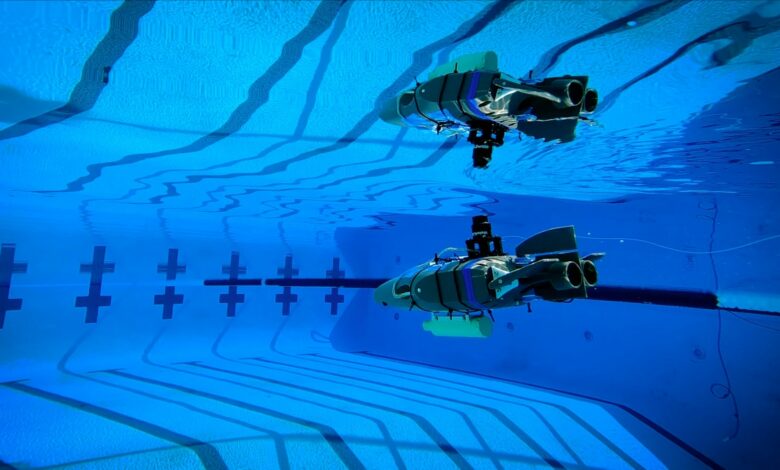NASA’s tiny underwater robots could explore alien oceans in search of life

NASA’s Jet Propulsion Laboratory (JPL) has initiated tests of small underwater robots called SWIM (Sensing With Independent Microswimmers), designed to autonomously explore potential alien oceans on icy moons. Initial testing was conducted at the California Institute of Technology, where the robots successfully navigated a swimming pool in a structured back-and-forth pattern, spelling out “JPL.” These robots, according to what JPL’s principal investigator Ethan Schaler said in an interview, are intended for exploration missions to detect signs of life on celestial bodies believed to harbor subsurface oceans, such as Jupiter’s moon Europa.
Robotic swarms for autonomous exploration
Schaler emphasized that water is a crucial component for life as we know it, so ocean worlds offer promising locations for the search for extraterrestrial life, according to Space.com. report. Made from cost-effective 3D printed materials and powered by standard electronics, the SWIM prototypes exhibit impressive maneuverability. The robot swimmers are about 42 centimeters tall and are expected to shrink to about 12 centimeters, about the size of a cell phone.
They are equipped to operate autonomously, hundreds of millions of kilometers from Earth, collecting vital data through their onboard sensors. These capabilities, according to Schaler’s comments on Space.com, demonstrate the feasibility of developing such robots to withstand the extreme environments they may encounter during subsurface ocean missions.
Advanced sensors for detecting life indicators
The SWIM robots are enhanced with a multi-sensor chip developed by researchers at the Georgia Institute of Technology. This chip can measure parameters such as temperature, pressure, pH and chemical composition, which are crucial in assessing conditions that could support microbial life. By integrating wireless communications systems, the SWIM robots could eventually transmit data and determine their position as they navigate foreign waters.
According to the report, testing of the robots in computer simulations that mimic Europa’s gravity and pressure is ongoing, with further design improvements expected as researchers refine the SWIM prototypes for possible interplanetary deployment.




